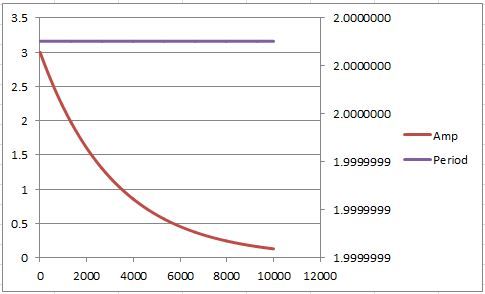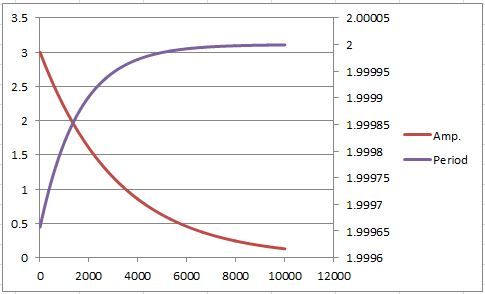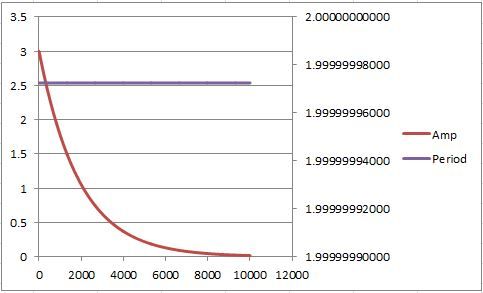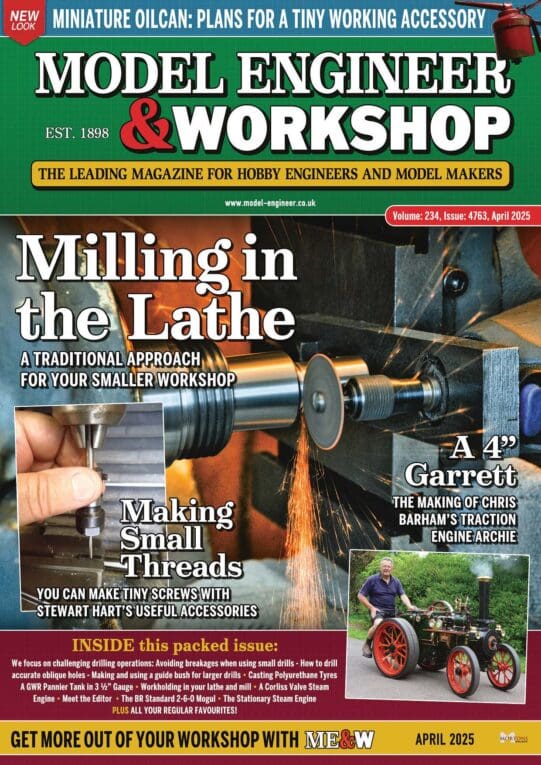Yes, I would like to comment on that Michael.
One assumption
We are talking about any clock that varies by less than say 5 mins per week. Anything else is either not working properly or isn't really a clock. (That would probably be my definition of basic)
Probably the least important thing about any clock we are likely to make is actually telling the time and I don't mean how well it goes or not. If we want to know the right time we check we use anything from digital watches, radio controlled clocks or the television. It's nice when our clock runs well and is in agrees with GMT within a minute or so but we don't get irritated if its 5 mins out. In fact within a quarter of an hour is often good enough to know that its just about tea time.
We make clocks because we like making clocks.
Some of us do it for the challenge of making something that runs well and to understand the mechanism.
Others because it looks nice.
In the age of atomic clocks all the mechanical clocks are to a greater or lesser degree ornaments when they have been completed.
Once you have completed your mechanical clock you set it by your wrist watch, you don't do it by astronomical observation. If you really want to test it you don't build another just like it as a regulator you use quartz stabilized oscillators to measure the variation.
It's a real challenge to make something that is good to a second or two a day which was as good as George Graham got and he was considered one of the best of his day.
So if we do it for something that looks intriguing, because we enjoy the journey or because we are looking for the challenge of precision or intellectual understanding, but lets not pretend it's because we want to know the time.
regards Martin
 Michael Gilligan.
Michael Gilligan.






